This article is from Rick Gardner of CST Flight Services. We asked if he could talk to us about some of the long-standing challenges affecting General Aviation ops to Mexico, as well as some of the more recent issues which maybe haven’t been widely reported.
Mexico has been a popular destination for General Aviation pilots and aircraft owners for many years and for good reason. Mexico is a country rich in culture, a diverse geography, incredible cuisine, a fascinating history and a warm and welcoming people. The fact that it sits right on the US border makes it easy to reach by most GA aircraft.
However, there are some long-standing issues affecting GA aircraft arrivals in Mexico which many veteran travelers may be familiar with that continue to exist.
Customs
Under Mexican Customs law, only a pilot who can prove that they are the owner of the aircraft they are flying is allowed to bring anything into Mexico other than basic clothes and personal effects. Sporting equipment, electronic equipment other than a laptop or an ipad and anything else that you might want to have with you is not allowed entry and can be taxed or confiscated.
Even though the law allows the owner-pilot to have passenger privileges in this regard, many customs agents are unaware of this allowance and frequently deny them this privilege.
If the Mexican Customs agents do not have access to a working x-ray machine to scan bags when arriving or departing the country, then customs agents may open all bags of crew and passengers for manual inspection. This means that any personal contents inside your bags may become public knowledge very quickly to all those present in the customs arrival area.
Immigration
Mexican Immigration officers are usually very courteous and professional although sometimes they misapply article 14A of the Mexican Tax code which assesses an approximately $100 USD fee on GA aircraft if they arrive outside of “normal” operating hours or on weekends and/or holidays. The Mexican Tax code specifically states that this fee is NOT to be applied to private flights, yet immigration officers at certain airports apply this fee to all aircraft arrivals regardless of the type of flight or the hours of operation.
Another caveat of Mexican Immigration law is that pilots do not pay certain immigration taxes unless they remain in the country for more than 1 week. This sometimes catches pilots by surprise when immigration officers tell them that they have overstayed their time and are charged an additional fee. This is not a fine but simply the same charge that passengers have to pay.
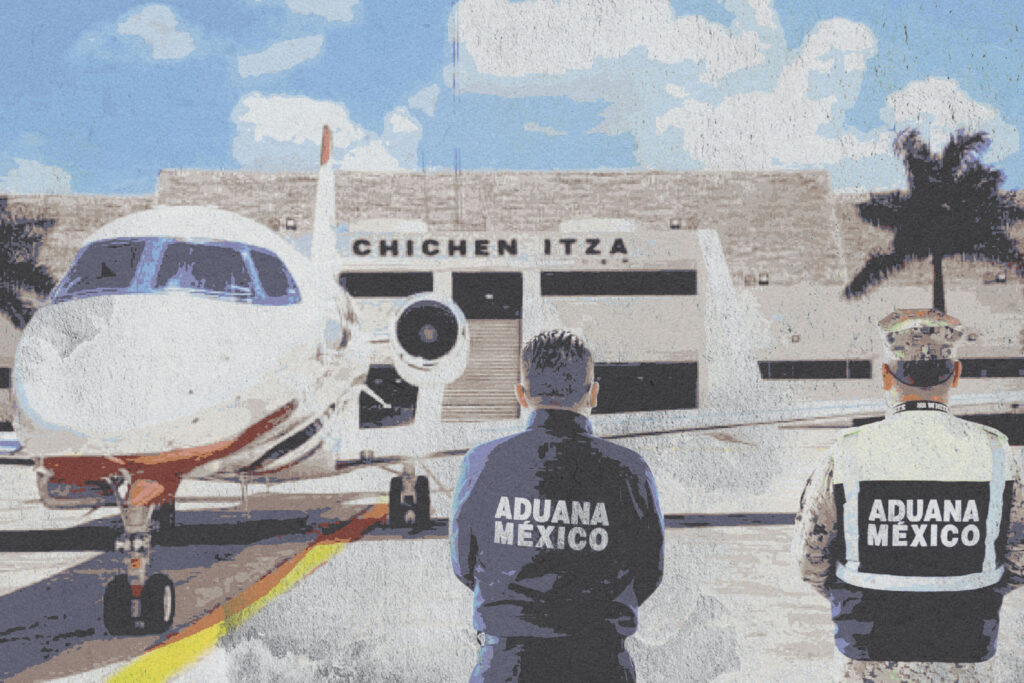
Permits
When you enter Mexico in a private aircraft, you must obtain an Entry Permit for the aircraft. There are two types of Entry Permits: a Single Entry Permit (SEP) and a Multiple Entry Permit (MEP).
A SEP is valid for 180 days or until the aircraft departs the country, whichever comes first. A MEP is valid for the calendar year and an aircraft can enter Mexico as many times as the operator wishes during the year without paying for a new Entry Permit, provided that the aircraft does not remain in the country continuously for more than 180 days at a time.
A MEP specifies the crew that brought the aircraft into the country when the permit was issued and use of the aircraft by a different crew can invalidate the MEP.
Be aware that neither a Single Entry nor Multiple Entry Permit is valid unless it is accompanied by the original receipt for payment of that permit. If you have a Mexican Multiple Entry Permit (MEP) and you plan to enter Mexico towards the end of the calendar year, or if you plan to spend New Years in Mexico, you should obtain a SEP when you enter. The MEP expires on December 31st and if you have an AOG incident or if you decide at the last minute to remain in Mexico for the New Year, you could face a tricky situation.
Pilot Docs
Another issue that pops up at certain airports is where AFAC officials require that the pilot’s Medical Certificate Class matches their Airman Certificate and not the privileges being exercised.
For example, a pilot with an Airline Transport Pilot Certificate may be required to have a 1st Class Medical Certificate even though they are flying their own personal Cessna 182. Trying to explain to some AFAC officials how a 1st Class Medical Certificate can become a 2nd Class and then a 3rd Class per 14 CFR 61.23 becomes even more entertaining.
Ramp Checks
Ramp Checks have always been an issue in Mexico and that has not changed. Always be prepared to have valid aircraft and crew documents ready along with the appropriate Entry Permit.
Insurance policies of private aircraft, issued in their country of registry, are valid in Mexico if they include Mexico in the territory coverage and the liability insurance minimum is at least $ 300,000 USD.
For Charter aircraft, it is a completely different story. Operators of aircraft that are used for both private and charter use need to be extremely careful that if the aircraft is being flown privately into Mexico and an insurance policy (Non-Mexican or Mexican) is presented to the Mexican AFAC that indicates that the policy is for COMMERCIAL purposes, then the entire operation could be considered as commercial and the operator will have to present additional proof that the operation is actually private. Otherwise, the operator could be detained, fined, etc. for not having the appropriate permits for charter operations in Mexico.
While not required by regulation, we strongly recommend that if the aircraft is not registered in the name of the pilot or one of the passengers, that you prepare a notarized letter identifying the legal owner of the aircraft and that the owner is authorizing the crew to fly the aircraft and the passengers to be aboard the aircraft on an international flight to Mexico. The letter should also clarify that the flight is a private, non-commercial flight. This letter can serve to defuse any misconceptions that a private flight may be a charter flight or that the aircraft may be stolen. Sometimes, this letter can help to avoid the $100 fee mentioned above that is erroneously charged by Mexican Immigration by proving that the flight is private. Sometimes……
SENEAM airspace and overtime
This is a topic worthy of its own article. Mexican airspace fee calculation and payment is a topic that will confuse and frustrate even the most seasoned international operator. Suffice it to say that if you flew through the Mexican FIR, even if it was due to a vector by US ATC at the border, and you neither landed nor departed from a Mexican airport on that flight, you owe Mexico airspace fees.
If you depart, or arrive, at the beginning, or at the end, of an airport’s normal operating hours, you may incur SENEAM overtime fees which cannot be paid at the airport. Furthermore, if you requested an extension to the airport’s normal operating hours for an early or late operation, the SENEAM overtime fees cannot be paid along with the airport fees.
SENEAM overtime fees, like Mexican airspace fees, are paid through a separate process via a Mexican bank. Contact us for instructions on how you can inquire directly with SENEAM if airspace or overtime fees are owed.

Safety
The elephant in the room. While theft of aircraft in Mexico has not been an issue for many years, personal safety has gained a lot more attention since 4 US Citizens were kidnapped in the border town of Matamoros leaving 2 of them dead.
For a crime to occur, you need a victim and the right environment. Avoid being a victim – don’t draw attention to yourself by wearing expensive clothes, jewelry, personal effects and/or by bragging about your success and/or wealth. Don’t create the environment. Avoid going “off of the beaten path”, don’t interact with strangers no matter how innocuous they might appear, avoid using the same taxi driver unless you really know who they are. Avoid border towns.
Another issue pertains to using app services like Uber. While Uber is a legally protected service in Cancun, there have been major conflicts between the taxi drivers in Cancun and Uber drivers. These conflicts have spiraled into violent encounters between taxi drivers, Uber drivers and passengers. Until the authorities get a handle on this simmering problem, be very careful with what ground transportation service you use while in Cancun.
Planning for the worse is usually the mantra of pilots. We recommend fueling on arrival in a foreign country and leaving enough fuel on board to at least get back to the US border or to another country known to be a safe haven.
We also recommend having 2 satellite based communications devices, one for the crew and one for the passengers. While sat phones are ideal, they are also terribly expensive. However, devices like the Garmin InReach bring satellite connectivity to a more reasonable level using text messaging. If you are dependent on cellphone or landline technology, you are exposed to getting cut off from the rest of the world and from each other if there is a natural or manmade disaster that interrupts those services.
The US State Department has a couple of useful services for international travel:
- US State Department: Smart Traveler Enrollment Program
- US State Department: Safety and Security Messaging App
New Challenges: Changes to agencies that interact with General Aviation
There is a new political party in Mexico, led by the current president, that has swept into power at the federal, state, and municipal level across the country. This new party has been making significant changes to laws and leadership across those institutions that interact with GA arrivals.
The following is a summary of what those changes have been, and the impact they are having in varying degrees to GA flights to Mexican Airports…
Security
The Mexican Federal Police (Federales) have been disbanded and replaced with a new entity called the National Guard (Guardia Nacional) which was formed in March of 2019 and staffed primarily by military personnel. While still technically a civil organization, it is controlled by the military. The Guardia Nacional now provides security at international airports and at many domestic airports in Mexico, and they are usually the first government agency that an arriving aircraft will encounter. Their degree of interaction with aircraft crews and passengers varies widely between Mexican airports.
Civil Aviation Authority
Mexico’s CAA formerly known by its acronym of the DGAC was also replaced with the Agencia Federal de Aviación Civil (AFAC) in October of 2019. During the transition process, the top leadership at the central level, as well as the airport level, were replaced by former military personnel, primarily from the Mexican Air Force. The AFAC is the agency that issues Entry Permits to foreign aircraft via their central office and local offices at the Mexican international airports and they are the ones who can conduct random ramp checks on aircraft arriving at Mexican airports.
Customs and Immigration
In July 2021, another decree replaced Mexican Customs with a new entity called Agencia Nacional de Aduanas de México (ANAM) which falls under the control of the Mexican military. The former civil servants that functioned as Customs officers were terminated and replaced by military personnel. Mexican Customs is present at all Mexican international airports and reviews crew and passenger luggage and cargo on arrival into the country and again when departing the country.
In the past, visitors entering Mexico had to complete a Multiple Immigration (FMM) for Immigration control.
The FMM is a two part form that you fill out upon entering Mexico and the immigration officer would stamp both parts of the form and return one part to the visitor. Upon departing Mexico, the visitor would surrender their part of this form.
However, the present government is phasing out that form and it is being replaced with a simple Entry and Departure stamp in the visitor’s passport. Depending on the International airport that you operate from in Mexico, you may, or may not, have to complete the form. It will depend on what stage of the implementation process they are in at that airport.
ATC
In March 2023, a new law went into effect empowering the Mexican military to guarantee the security, sovereignty and independence of Mexican airspace. How this new law will affect the AFAC and SENEAM (the civil entity that provides ATC services in Mexican airspace) has yet to be seen.
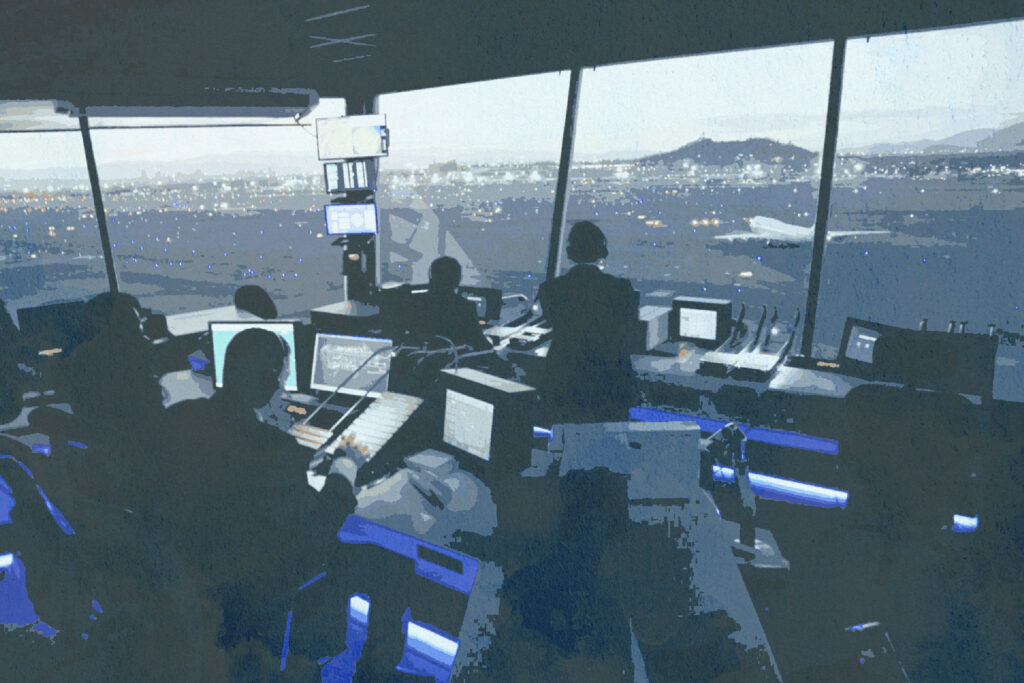
How do these changes affect General Aviation?
It is difficult to imagine that these massive changes to so many different federal government agencies that interact with GA would be trouble-free during the transition.
The reality is that at the major airports that receive the highest volumes of visiting GA aircraft, like Cancun, Puerto Vallarta, the 2 Cabo airports, Toluca, Guadalajara and Monterrey, the impact has been less significant due to the efforts of the airport operators and local FBOs to keep things operating smoothly. Operators using ground handlers typically fare better because they have somebody on the ground who understands the proper procedures and speaks the language.
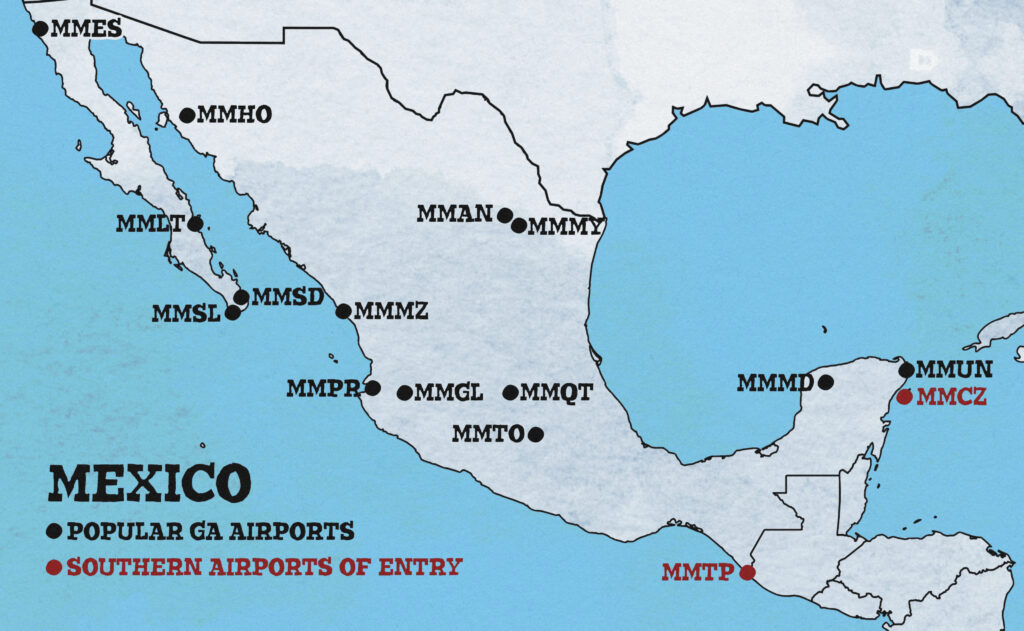
However, in all fairness to ground handlers, they cannot interfere with the actions of federal officials doing their duties. So, their abilities to minimize the inconveniences can sometimes be very limited and it is also not in their best interests to antagonize those federal officials that they must interact with every day.
At the other end of the spectrum, international airports and domestic airports that receive little GA traffic can sometimes be more onerous. What we have experienced firsthand is a lack of coordination between the different agencies which has provoked delays in arrival and departure processing, frustration on the part of crew and passengers as well as misplaced documents.
For example, the National Guard (Guardia Nacional) will often request that all contents of the aircraft be removed and placed on the ramp to be searched on arrival and departure. Once complete, they may tell you that you can return your items to the aircraft only to have the Customs agent come behind them and tell you to unload everything again and to bring it into the airport building. As these agencies rarely identify themselves, it is sometimes hard to tell who is who.
Another area of concern has been that these government officials are using cellphones to take pictures of crew and passenger documents containing Personally Identifiable Information (PII) such as Airmen Certificates, Medical Certificates and Passports. The ownership of these cellphones, the location where the images are being stored and the steps being taken to protect that data has never been explained.
Unfortunately, we have seen the AFAC deny entry into Mexico of Experimental Aircraft or pilots using BasicMed, even though their own published regulations specifically state that Experimental aircraft and BasicMed are allowed with no specific individual approvals.
Another issue that continues to pop up are AFAC inspectors wanting to see Type Ratings on Airman Certificates for aircraft that do not require Type Ratings. Fortunately, we have been able to clear up Type Ratings issues by working with the AFAC inspectors.
Bottom line
With so many new personnel entering these Mexican government agencies, some inconveniences are to be expected as they become proficient at the new tasks they are being assigned to do. In the meantime, the best strategy is to pack an extra case of patience and a large bottle of good humor. After all, it could be worse, you could have flown on the airlines…
About the author:
Rick Gardner of CST Flight Services, a company which provides a wide range of international trip support services for both owner-pilots and professional pilots. Rick is also the representative for the Aircraft Owners and Pilots Association (AOPA) in Mexico, Central America, The Bahamas and the Caribbean as well as a Bahamas Flying Ambassador, member of The Bahamas Civil Aviation Council and has participated on aviation committees of other foreign countries.
For many years, several individuals and flying organizations like CST Flight Services have collaborated with the heads of the different government agencies in Mexico that interact with US General Aviation arrivals in an attempt to simplify and standardize the entry process. CST’s efforts over the years have been successful on a number of fronts such as: obtaining official notification from DGAC that US Issued insurance policies are valid for private aircraft and that you do not have to buy “special” Mexican insurance from 3rd parties, obtaining deferrals for almost 10 years for the requirement of 406 MHz ELTs, obtaining official permission for Experimental Aircraft to enter Mexico in September of 2008 and again in February, 2021, and obtaining an alternate means of filing Mexican APIS for private flights by sending an Excel template via email to Mexican Immigration.
www.cstflightservices.com / customersvc@cstflightservices.com / +1 786 206 6147
More on the topic:
- More: Mexico Customs Surprises: Pills, Vapes, and Laptop Rules
- More: New APIS Rules for Mexico
- More: Mexico Permit Confusion – The Latest
- More: Mexico Permit Chaos: New Rules Explained
- More: Ops to Mexico? Prepare to get ramp checked!
More reading:
- Latest: Venezuela & Caribbean Airspace Update
- Latest: ReFuelEU: Europe’s new anti-tankering rules explained
- Latest: US CBP biometrics: BizAv rollout still unclear
- Safe Airspace: Risk Database
- Weekly Ops Bulletin: Subscribe
- Membership plans: Why join OPSGROUP?




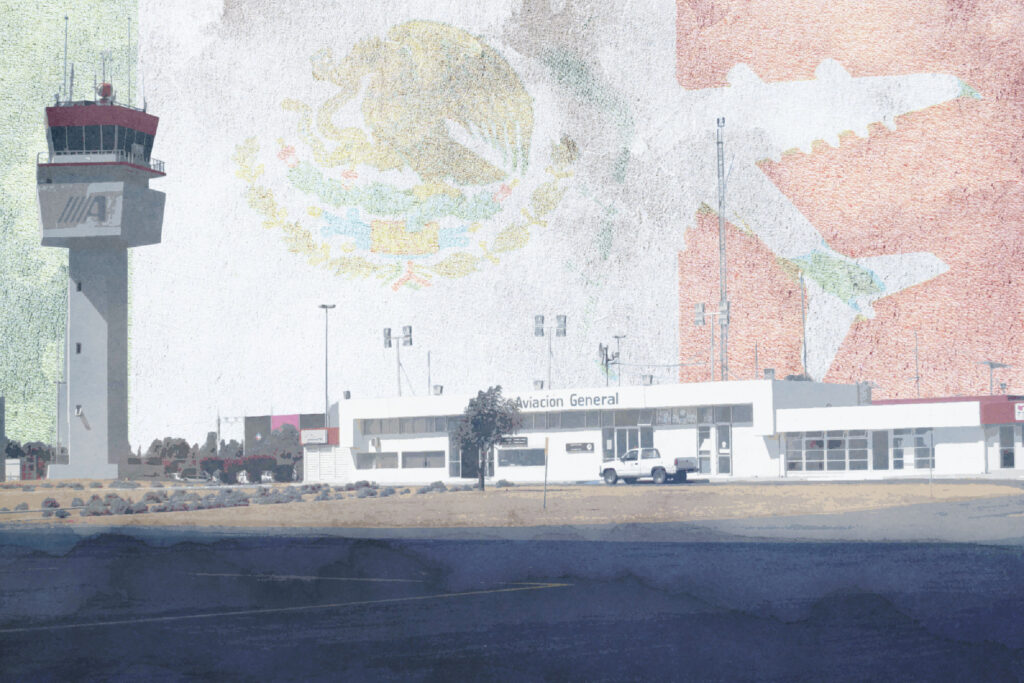
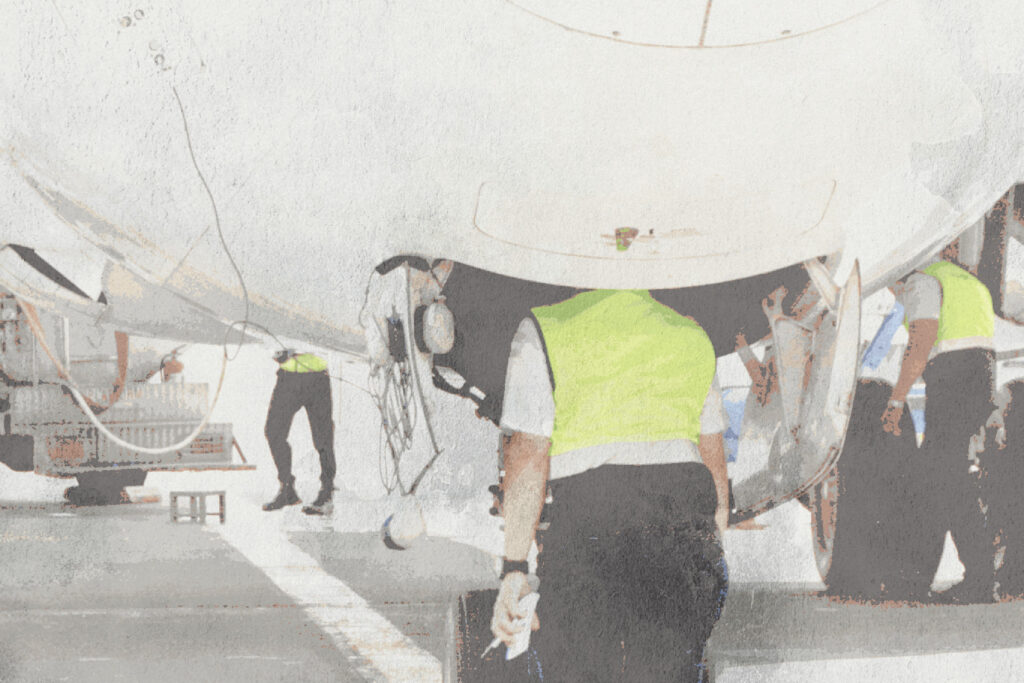
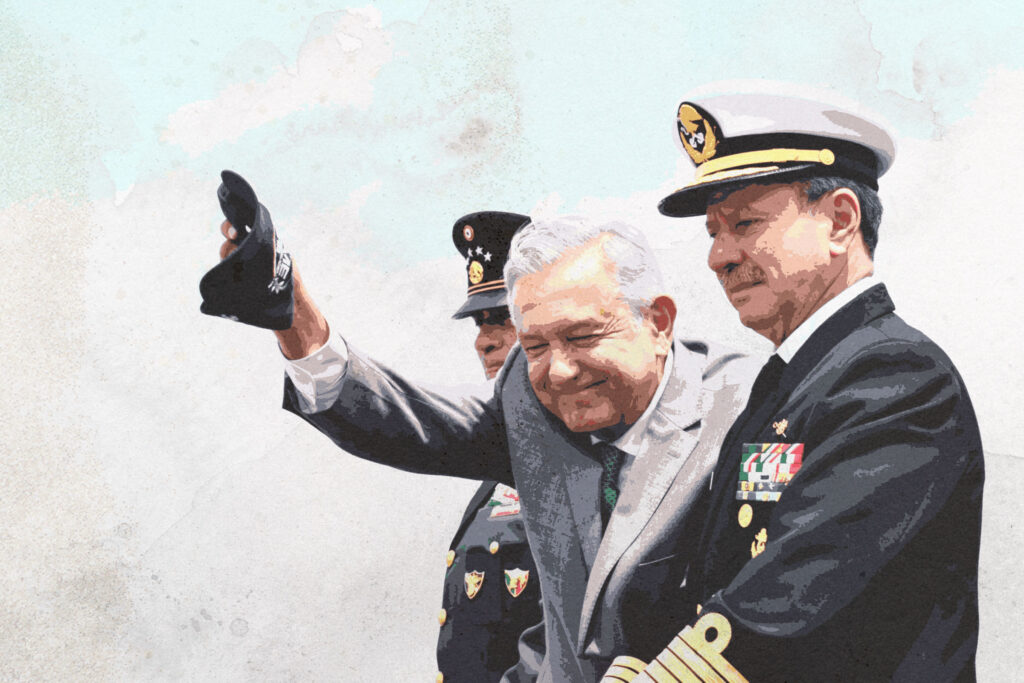
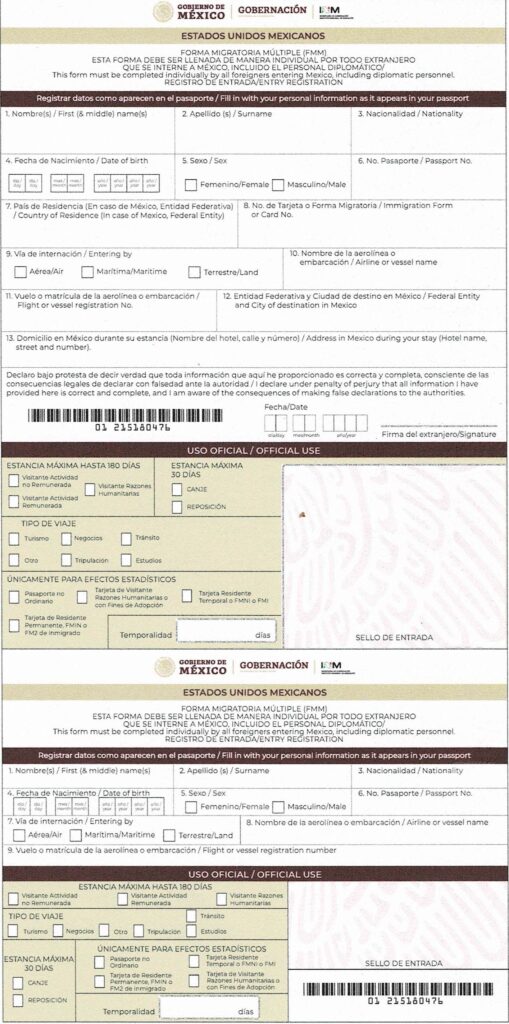







 Get the famous weekly
Get the famous weekly 






A link to “article 14A of the Mexican Tax code” would be appreciated, my Spanish Google skills are failing me. BJX (MMLO) is my home airport in Mexico, and they apply that fee – so I avoid using the airport as my international arrival or departure airport on weekends. I’d love to have a run at getting past that fee.